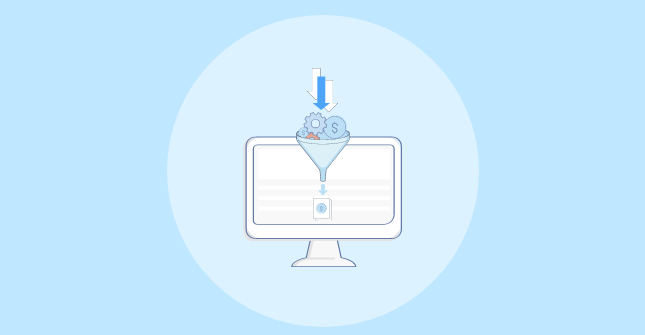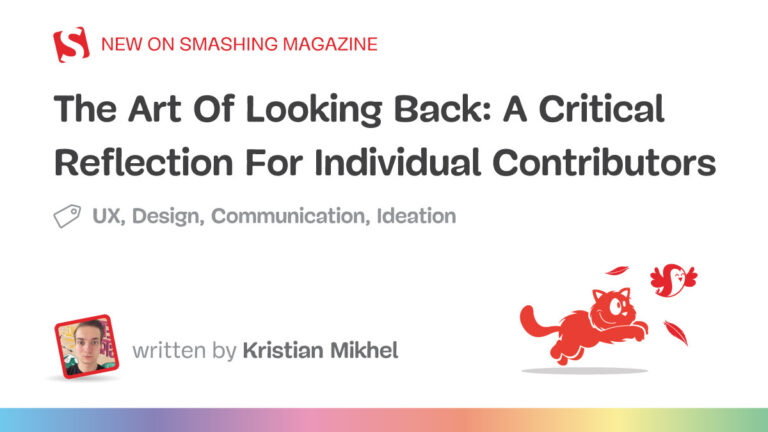
Forbes reports that the artificial intelligence (AI) market brought an estimated $214 billion in revenue in 2024 alone. Within only five days of the release of ChatGPT, the number of users reached 1,000,000. Clearly, the future is bright for AI. The question is whether the future is equally bright for the companies that adopt AI for its multiple marketing uses.
Companies recognize AI as a powerful solution, particularly for marketing challenges, but effective implementation requires considering several nuanced aspects before, during, and after AI measures are installed. To fully contemplate AI solutions, it’s crucial for any company to look beyond the obvious time-saving benefits. Safeguards must be created and maintained to enact legal oversight for proprietary information and processes. Other strategic factors include aligning marketing direction with the available AI approaches, matching business objectives to appropriate AI applications and desired outcomes, creating a new workflow design, and considering how AI bias in algorithms may create more problems than answers. AI systems are not bias-free, and understanding why leads to ethical applications. According to Chapman University, AI bias mainly arises from unbalanced training data, defective algorithms, or human biases during the design phase. These require diverse datasets, open algorithms, and regular audits to be fair and inclusive.
AI online benefits and backlashes
Visualize a traveler stranded at 2:00 a.m., thrilled to have a chatbot reschedule a flight within minutes. That kind of problem-solving ease is what AI promises. What if AI does not deliver? Is human oversight there to catch unintended problems? Imagine now that same traveler dealing with the misdirection of their bags because of an AI glitch. Human oversight still needs to be part of the strategy.
AI’s most well-known use, customer support, is popular for its 24/7 accessibility and the ability of chatbots to significantly reduce the number of employee hours needed to answer common questions. Impressively, according to Boston Consulting Group (BCG), Jet Blue’s contact center “has been able to save an average of 280 seconds per chat—which yields a total of 73,000 hours of agent time saved in a single quarter and means that agents have more time to serve customers with complex problems.” The chatbots saved nearly one month’s time per quarter per agent.
One critical element in the development of AI is personalization, which is the creation of increased empathy in AI responses and directing such responses in increasingly human ways. A 2023 Forbes article accurately declares that “AI-as-a-Service will allow businesses to sustainably overcome technical challenges and deliver personalized experiences at scale more rapidly.” Rapidity may not be the only consideration. Personalization and speed, while desirable, still take a back seat to the humanization and marketing approaches that create visibility and desirability of the company as a brand.
How marketing’s AI approach meets the omnichannel outreach challenge
Omnichannel outreach requires creativity, content creation, strategy, and precision, all of which necessitate heavy investments of time and personnel. To maximize AI’s capability to test and identify the right messages for their target audiences, companies increasingly use dynamic creative optimization (DCO) which adapts to the viewer’s collected data in real time. Coca-Cola, for example, has embraced AI to revolutionize its advertising, using AI-generated content to drive personalized and interactive campaigns. This shows how brands can leverage AI for creativity while maintaining human oversight to ensure the content remains consistent with brand image and customer expectations. The question, “What happens if I just leave my AI program to its own devices, untended by human oversight?” is rarely asked by companies with little to no AI experience, revealing a failure to anticipate the worst to plan for the best.
Strategies are vital for marketing departments trying to keep up with the rapid changes that AI demands. Planning and creating an outreach strategy are not new concepts. What is new is identifying and addressing internal capability gaps in incorporating AI into the operations mix. An identified capability gap illustrates a company’s current abilities to meet a growth requirement, in this case, the application of AI to existing processes and the desired future state.
The adoption of automation platforms for marketing is not a simple plug-and-play situation. Using the wrong tools costs money, time, and even security. With the capability gaps defined, the company can identify and select the right tools for the business strategy’s specific internal and external needs, which impacts every part of the operation.
Additionally, it’s essential for marketing and customer service to avoid eliminating human oversight. To do so is to create risky over-dependence on AI. Maintaining trust between the company and its customers requires ongoing checks and balances. Ensure the data used is accurate, validated, and regularly cleaned and updated, rather than just pointing AI apps to siloed data and letting it run.
Marketing can pair AI and human creativity to match the proper channels with the right audience segments. Rather than only using AI approaches like DCO, it’s essential for marketing to employ continuous A/B testing and refine campaigns from start to finish with human oversight and involvement. AI requires more oversight in some areas, not less.
How to prioritize many moving parts in a new AI world
It’s crucial for companies to involve frontline operations, project management, and interdepartmental communication in this journey, paying close attention to the interconnections such as human systems and AI, company messages and campaign oversight, audiences, and approaches. Some basic steps to remember are to set clear goals, gain internal agreements before making big decisions, analyze data and A/B test, focus on high-impact metrics, segment audiences, invest in scalable tools that can grow with the company, iterate strategies, and align teams.
The largest stumbling block is prioritizing speed over security. It’s imperative for security and speed to become simultaneous with AI in the mix. AI is not secure in itself unless security is actively requested, so it’s vital to conduct due diligence and involve the legal department in deciding which AI software to apply and for which specific uses.
The most effective strategy is to ensure that IT, legal, and marketing work together, even if marketing balks at the time delays. Data encryption and access control are locks on the security doors that AI opens. To ignore these needs is to expose the core of the business to points of entry that simply did not exist when AI was not in the mix of daily operations.
AI is worth the risk
AI has notable risks and rewards. Many risks can be avoided with legal department oversight, attention to national and international social media regulations, and attitudinal adaptation to planning, adopting, and implementing AI assistance. In this new environment, the promise of rewards is great: reduced employee effort, predictable precision, increased marketing impact, and a greater bottom line. But the essential truth is that AI is still in its infancy.
Companies can only benefit from taking a beginner’s view when initiating AI in their advertising, marketing, and sales processes, particularly if they are just beginning to fold AI into their existing procedures and strategies. The safest and most stable approach for companies is to start small with their use of AI and scale up as they gain confidence and experience.
By Karthi Gopalaswamy





